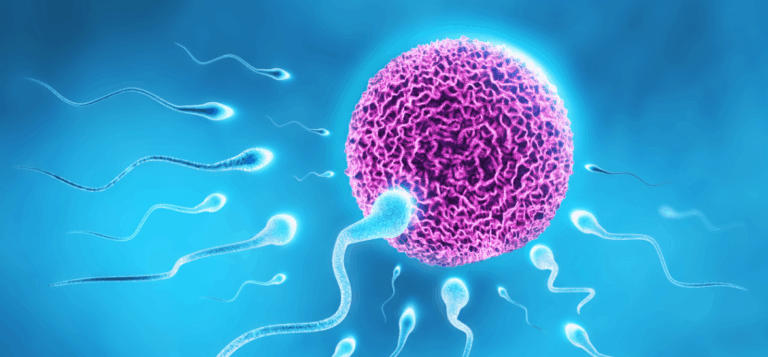The signature surgical treatment for testicular cancer is called an orchiectomy, which sometimes is referred to simply as orchi. What is involved in testicular cancer surgery? Basially, it is a procedure that involves the removal of one or both testicles.
What are the types of orchiectomy?
The three main types of orchiectomy are simple, subcapsular, and inguinal. For men who have testicular cancer, the inguinal procedure is the one performed. Inguinal orchiectomy is the most radical of the three procedures, and here’s why:
Simple orchiectomy is an outpatient procedure that is usually used for individuals seeking sex reassignment or as palliative treatment for advanced prostate cancer. The procedure involves moving the testicles and some of the spermatic cord through a small incision in the scrotum. If the patient desires, a prosthetic testicle can be inserted at this time, which will give the appearance that the testicles are still intact.
Subcapsular orchiectomy is typically done for prostate cancer patients. This procedure involves removing the glandular tissue that surrounds each testicle through an incision in the scrotum. That is, the entire prostate gland itself is not removed.
Inguinal orchiectomy, which also is known as radical orchiectomy, is the procedure done when men have suspected testicular cancer. This surgery helps prevent the possible spread of the disease from the spermatic cord into the adjacent lymph nodes near the kidneys, since the spermatic cord contains blood and lymph vessels that could allow the testicular cancer to travel to other parts of the body.
What is inguinal orchiectomy?
Inguinal orchiectomy (or radical inguinal orchiectomy) is performed by making an incision in the groin (rather than the scrotum) and removing both the spermatic cord and the testicle(s). As part of the preparation for the surgery, your penis will be positioned up and away from your scrotum and taped to your abdomen. The surgeon will make a small incision just above your pubic area or on either side of your scrotum and push your testicle(s) out through the opening and remove it. If you have chosen to have a prosthetic testicle placed, it will be done at this time.
The surgery takes about 60 minutes, and then you will go to recovery. Your doctor may release you the same day or you may stay overnight.
What you should do before your orchiectomy
- Make sure your healthcare provider and surgeon are aware of all the medications and supplements that you take
- Ask your doctor about all of the possible long-term side effects associated with having less testosterone in your body
- If you want to father children, you may be unable to do so naturally if both of your testicles are removed. Talk to your healthcare provider about banking your sperm (and check to see if your sperm is healthy).
- You may need to undergo urine or blood tests as well as a scan before surgery
- Make arrangements for someone to drive you home
What you should do after your orchiectomy
A full recovery from an orchiectomy can take as little as two weeks and as much as two months or longer. You can boost your recovery process by:
- Not lifting anything more than 10 pounds for the first 14 days post-surgery
- Not having sex until the incision has healed completely
- Avoiding running, sports, and exercise for four weeks after surgery
- Immediately reporting side effects such as pain or redness around the incision, bleeding or pus draining from the incision, a fever greater than 100⁰F, loss of feeling around the scrotum, inability to urinate, or development of a hematoma (accumulated blood) in the scrotum
- Recognize that you may have a lower sex drive after the surgery since your body will not make as much testosterone as it did in the past. Talk about this concern with your partner and your doctor, as there are natural ways to boost testosterone production







